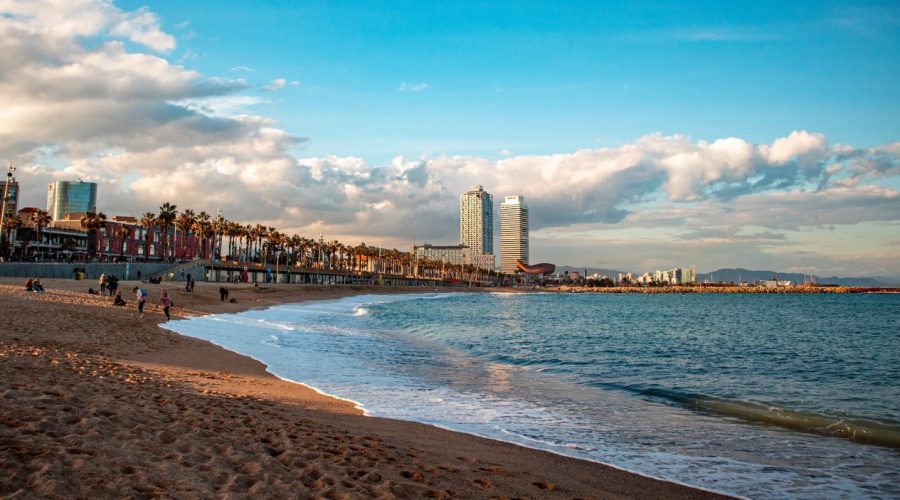Exploring the History of London Riots
There have been a number of instances of civil disorder in the form of riots in modern London. These events had considerable consequence for the city, both its inhabitants, and the course of history. In this post, we will go into detail of the history of London riots, we look at why they happen, we talk about the most notable ones, and we discuss the aftermath.
Causes of London Riots
The reason behind London riots is multifaceted and revolves around several socio-eco-nomic and political issues. Some of the major reasons behind these chaotic events are as follows:
- High levels of social inequality
- Unemployment and lack of economic opportunities
- Deep-rooted racial tensions
- Perceived police brutality and misconduct
- Feelings of marginalization and alienation
- Lack of adequate social service and support network
Notable London Riots
Throughout the years, London has got through several big riots that have put a lasting stamp on the town. Let’s have a look at some of the most notable cases:
1. Gordon Riots (1780)
The riots were motivated by anti-Catholicism and anger by the government. In response to the proposed Catholic Relief Act, ugly disturbances developed and it ended in massive looting, burning down of churches and buildings, and even loss of life. The unrest ran on for several days before the military stepped in to contain it.
2. Notting Hill Riots (1958)
The Notting Hill Riots were entirely racial because the going was to oppose the specialist, West Indian and other minority groups in the place. Things started to escalate following a series of confrontations which eventually resulted to violent clashes, vandalism, and attacks on individuals. The riots exposed the racial fissures in the city and sparked a nationwide discussion about integration and tolerance.
3. Brixton Riots (1981)
The Brixton Riots were an outgrowth of age-old frustrations in the black community to racial discrimination and police persecution. Massive protests broke out following an alleged police shooting of a black man in racist motives. The disturbances included clashes with law enforcement, fires, lootings, and a focus raised to the long-standing issues of minority communities.
4. London Riots (2011)
The London Riots of 2011 took place after the police-killing of a young black man. Protests soon spread across various neighborhoods and neighborhoods, influenced by social media and a understandable frustration across the youth. The rioting that ensued the unrest included large-scale looting and arson attacks plus violent encounters between the rioters and police with impact being felt wherever around London.
Aftermath and Impact
Since every wave of riots has followed on the series of chances, and here have been lots of the consequences and accounting all the same. These events have prevented the authorities and all of society to deal with overall issues, and to make changes. Some notable outcomes include:
- Increased investment in deprived areas
- Reforms in policing practices
- Community engagement initiatives
- Efforts to address racial inequalities
- Improved dialogue between communities and authorities
The London riots certainly left its mark on the city and they have become a reminder of the issues of the different population of the city. Although the reasons and after effects of this incident were very deep but reforming the social, economical, and racial politics is genuinely asked to stop the future disturbances and promote more harmony London.
Table of Contents



